Redmi Y1 Detailed Review: Eye On The Selfie; This One Will Surprise You!
The Y1 is an entirely new Xiaomi series for India and it is betting on its selfie skills to sell!
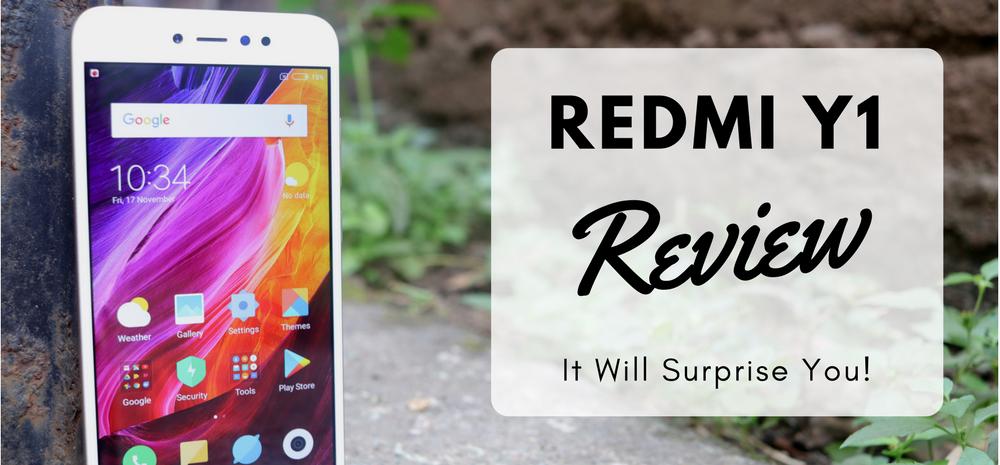
Xiaomi is currently ruling the Indian smartphone market. So much so that it has recently tied with Samsung as the no. 1 smartphone maker in India. No other Chinese smartphone maker has tasted success like Xiaomi. Their smartphones continue to offer the best value for buyer’s money.
Xiaomi rules the low-cost and mid-range smartphones segment. But it is no slouch in the premium segment either. It has proved its prowess in that segment with the Mi Mix 2, the innovative successor to the revolutionary Mi Mix. Mi Mix 2 was the first bezel-less smartphone to be widely available across the world.
Xiaomi has really built up their portfolio, with robust, reliable devices available across various price segments. The smartphones start at the humble Redmi 4A and go all the way up to the revolutionary Mi Mix 2, Xiaomi’s first 18:9 smartphone in India.
In a departure of sorts, they also partnered with Google to produce an Android One phone with an exciting dual camera.
Now Xiaomi has come up with a new series altogether. The first smartphones in this series are the Redmi Y1 and Redmi Y1 Lite. Of these, the Y1 is the better spec’d one.
Both these smartphones are targeted towards selfie enthusiasts. To the extent that the selfie camera has more resolution than the primary camera.
Let us take a look at the Redmi Y1 in the following review to see whether it is worth your consideration over some of Xiaomi’s other offerings.
Contents
Light-weight But Solid Build
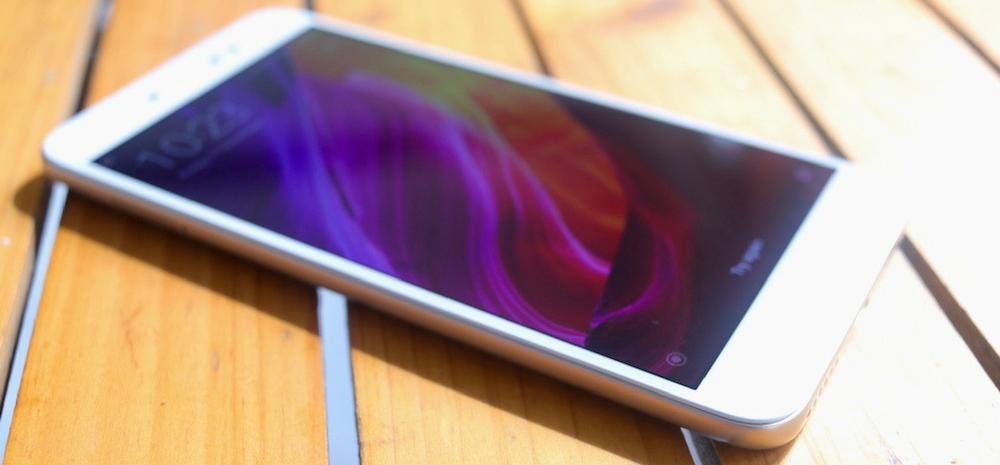
Unlike its more premium siblings like the Redmi Note4, Mi A1 and the Mi Max 2, the Redmi Y1 is built entirely out of plastic, except for the display of course. The all-plastic build keeps the weight down to a mere 153 grams. That is commendable for a smartphone carrying a 5.5 inch display and a big 3,000 mAh battery.
The edges on the back are curved at the sides. These help a lot in maintaining a good grip on the phone while using it. Let’s face it, 5.5 inches is still too big for some people to use comfortably with one hand. The matte paint job mimicking metal, also helps in the grip.
The phone feels surprisingly good to hold making you momentarily forget that it is made of plastic. The 7.7mm thickness is at par for a good smartphone these days. It strikes a good balance between handling and a good battery life. The phone is 153mm tall and 76.2mm wide. These dimensions make for a decently ergonomic phone.
At the back side, two thin chrome strips run the entire width of the smartphone. The camera, along with its flash is located at the top left corner of the phone. The fingerprint scanner is easily accessible at its location in the middle of the backside. Rest of the back is bare with only the Mi logo printed along with regulatory information, on the bottom.
The top edge of the phone holds the 3.5mm headphone jack, the secondary noise cancellation camera and an IR blaster. The IR blaster is a staple of all Xiaomi smartphones and works beautifully with almost all electronic devices.
The bottom edge of the phone houses the micro-USB charging port, flanked by two speaker grills on either sides. But only the right side houses the speaker. The left one houses the primary microphone.
The right edge of the phone carries the power button and the volume rocker. The left edge houses the SIM tray which supports 2 nano-SIMs and a micro-SD card.
The front of the smartphone is dominated by the 5.5 inch HD display. The touch-capacitive navigation buttons below the display are, sadly, not backlit. The earpiece sits above the display, surrounded by the 16 megapixels selfie camera and proximity & ambient light sensors on one side and notification LED and Selfie Light on the other.
Overall, the Redmi Y1 has a solid, reassuring build quality which is more than what one expects at this price range.
Redmi Y1: Detailed Specifications & Price
Before we move ahead in this review, let us take a detailed look at the specifications of the Redmi Y1.
| Dimensions | 153 mm x 76.2 mm x 7.7 mm (H x W X D) |
| Weight | 153 gm. |
| Network Compatibility | 2G / 3G /4G; VoLTE Enabled |
| SIM | Dual SIM; Nano SIMs; Dual Standby |
| Memory/Storage | 3GB RAM + 32 GB Storage; 4GB RAM + 64GB Storage |
| Expandable Storage | Storage Expandable Up To 128GB (VFAT Format) |
| Display | 5.5 inch HD LCD Display; 1280 x 720 Pixels; 267 PPI; 2.5D Curved Gorilla Glass; Up To 450 Nits Brightness; 1000:1 Contrast Ratio; 72% NTSC Colour Gamut |
| OS Version | MIUI 9 based on Android 7.1.2 Nougat |
| Chipset | Qualcomm MSM8940 Snapdragon 435
CPU: Octa-core 1.4 GHz Cortex-A53 GPU: Adreno 505 |
| Battery | 3080 mAh, Li-Ion; Non-Removable Battery |
| Camera | Primary Camera:
13.0 Megapixel; f/2.2 Aperture; PDAF; Low-light Enhancement; HDR; Panorama; Burst Mode; Face Recognition; Real-time Filters. Video: 1080p@30fps, 720p@30fps; Time-lapse Videos. Secondary Camera: 16.0 Megapixel; Selfie Light, f/2.0 Aperture; 76.4° Wide-angle Lens; Beautify Mode With 36 Smart Beauty Profiles; Video Calls With Real-time Beautify; Selfie Countdown; Face Recognition. |
| Connectivity | Wi-Fi 802.11 b/g/n, Wi-Fi Direct, Hotspot; Bluetooth V4.2, Bluetooth HID, A2DP, LE; Infrared Port; GPS with A-GPS, GLONASS, BDS; microUSB 2.0 Port. |
| Sensors | Fingerprint (rear-mounted), Accelerometer, Gyro, Compass, Proximity Sensor and Ambient Light Sensor. |
| Other Features | FM Radio; 3.5mm Audio Jack |
These are all mid-range specifications, especially the processor. But at its price, we have no complaints. The phone feels smooth in everyday use. Xiaomi’s latest MIUI 9 is much better optimised to handle day-to-day tasks with ease. The Y1 will be available online at the following prices;
- 3GB RAM + 32GB Storage: Rs. 8,999/-
- 4GB RAM + 64GB Storage: Rs. 10,999/-
There are minor UI lags present, but not so many as to be concerned with its overall usability. The 16.0 megapixel selfie-camera is the stand out in the spec-sheet above.
Underrated Display?
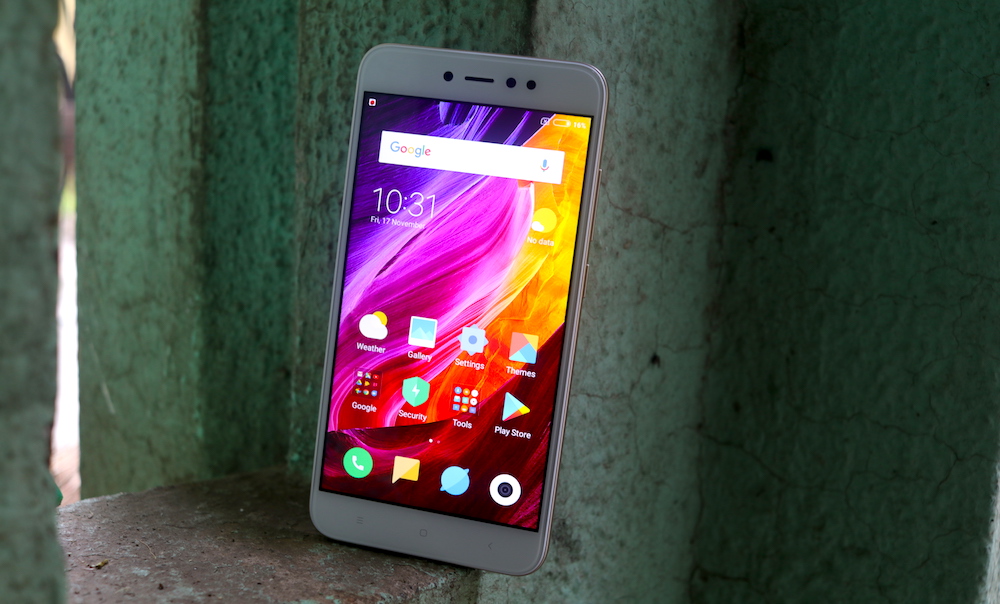
The Redmi Y1 is equipped with a 5.5 inch HD display. It gets reasonably bright at around 450 nits. The display is easily viewable outdoors. Even though the display is “only” HD with 1280 x 720 pixels resolution, it is a good-looking display. Even though it is bit more reflective than we would like, it is easily viewable outdoors.
The Y1 packs in an ambient light sensor, which is a rarity at this price point. It worked well to adjust the display’s brightness according to the available light during our usage. The display is easily visible even at the lowest brightness level, which is good news for people who love to read at night.
There is also a dedicated ‘Reading Mode’ which cuts out the blue light being emitted from the display. This is a very useful feature. It can be turned on & off manually, or it can be scheduled to automatically turn on & off during a specified time interval. It can even be configured to turn on when any of the reading apps like Amazon Kindle or Google Play Books are launched.
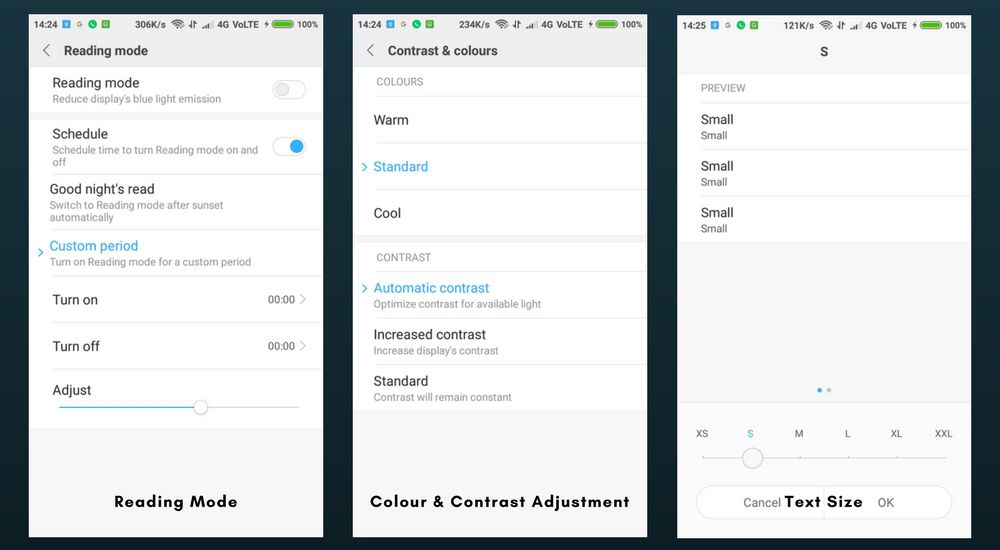
The colour tone of the display can be adjusted up to 3 levels; ‘Warm’, ‘Standard’ and ‘Cool’. Even the contrast has 3 settings; ‘Automatic Contrast’, ‘Increased Contrast’ and ‘Standard’. But the standard settings work fine for everyday use and will work fine for all but the fussiest users.
The system text size can be adjusted in 6 ways; XS, S, M, L, XL and XXL. You can also double tap the screen to wake it. The feature is turned off by default.
Te screen on the Redmi Y1 has been a pleasant surprise. It is bright and clear. At 267 PPI it is not one of the sharpest ones around, but it gets the job done nicely. We have no complaints regarding the Y1’s display.
Redmi Y1 Camera: The Focus Is On Selfies

The main camera of the Redmi Y1 is a 13.0 megapixel camera. It has a decent f/2.2 aperture with a low-light enhancement feature. It features PDAF for quick focussing, HDR Mode, Burst Mode and a Panorama Mode. It also features Face Recognition and supports Real-time Filters.
The primary camera on the Y1 is not among the better ones. Photos taken in bright light turn out really good. Macro shots are especially good. But otherwise its a hit or a miss kind of a camera.
As you can see in the images below, there is some chromatic aberration in the one showing the road. But the camera has captured a good amount of details in the picture showing the square grid. But, the macro shots of the flowers are crisp and clear.
On the other hand, photos clicked at night are almost unusable. There is too much noise and colour smearing going on. You can’t get a good exposure and most of the images turn out dark.
Images clicked indoors turn out pretty good. Yes, there is noise, but they are usable. The flash does its work, but its range is limited to 3-4 feet. The HDR mode needs to be manually turned on or off.
Redmi Y1 can shoot 1080p videos @ 30fps and 720p videos also @ 30fps. There is no image stabilisation of any kind, electronic or optical. While there is no support for slow-motion, the Y1 can do time-lapse videos. You can set the capture interval from 0.06 seconds, right up to 60 seconds.
You can shoot still images simultaneously while recording a video. This option is turned off by default.
The Y1’s camera app is feature-rich and supports tap to focus as well as continuous autofocus while shooting videos. It can scan QR codes, add time-stamp to photographs and enhance low-light photos automatically.
There are 9 shooting modes to choose from, one of them surprisingly being a manual mode;
-
- Panorama: The Panorama Mode works in portrait orientation. Just click the shutter button and pan the camera in the desired direction.
- Timer: Timer works when everybody wants to be in the picture. You can set the timer at three preset intervals; 3s, 5s and 10s.
- Audio: In this mode you can click pictures with voice commands. Just say “Take picture”. The phone will start a countdown from 3 and then click a picture.
- Manual: This is the Y1’s ‘Pro’ mode. You can choose to adjust the White Balance, Focus, Exposure Time and ISO to get the best out of conditions.
- Straighten: This mode is for newbie photographers who manage to click crooked pictures. While in this mode, the camera compensates for any tilt from the user’s end so that the pictures always turn out straight.
- Beautify: This mode give three levels of beautification for portrait photography.
- HHT: This is the night mode which allows you to take clearer photos in low light or at night.
- Scene: This mode gives a variety of ‘scene’ presets, which allow for better automatic photos based on preset scenes. Portrait, Landscape and Sports are some of the scenes available.
- Tilt-shift: This mode forces a shallow depth of field for some interesting photographs.
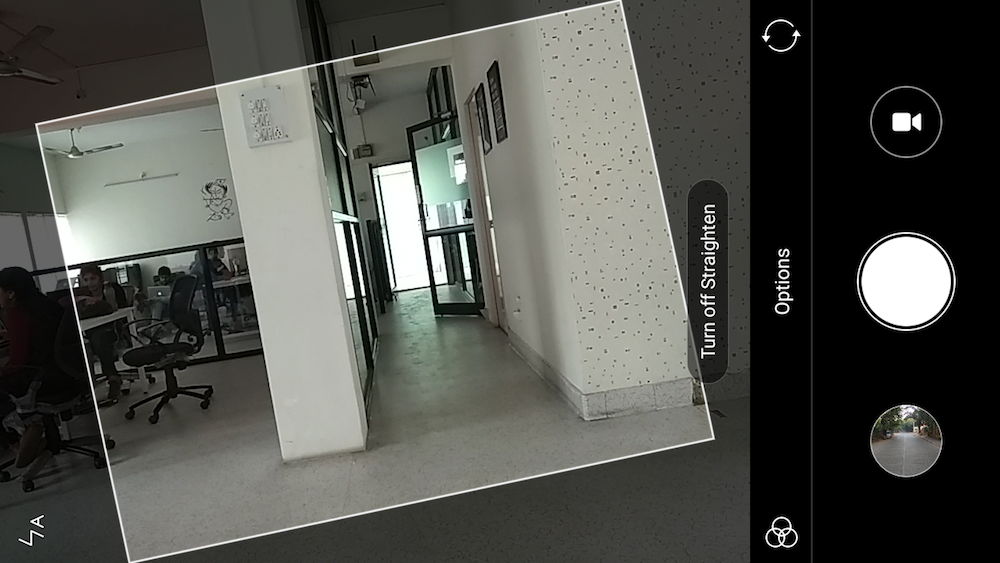
The Selfie Camera on the Redmi Y1 is a 16.0 megapixel shooter which supports the beautification feature for some good-looking selfies. It supports 2 image modes for still images; Timer and Audio.
The images taken with the selfie camera turn out great, thanks in part to the ‘Selfie Light’ which kicks in when there’s insufficient light.
Some Camera Samples
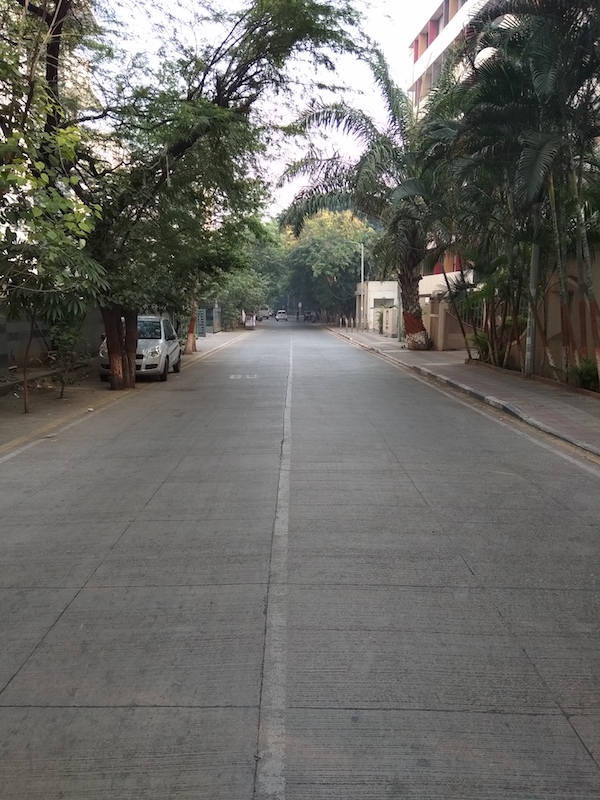
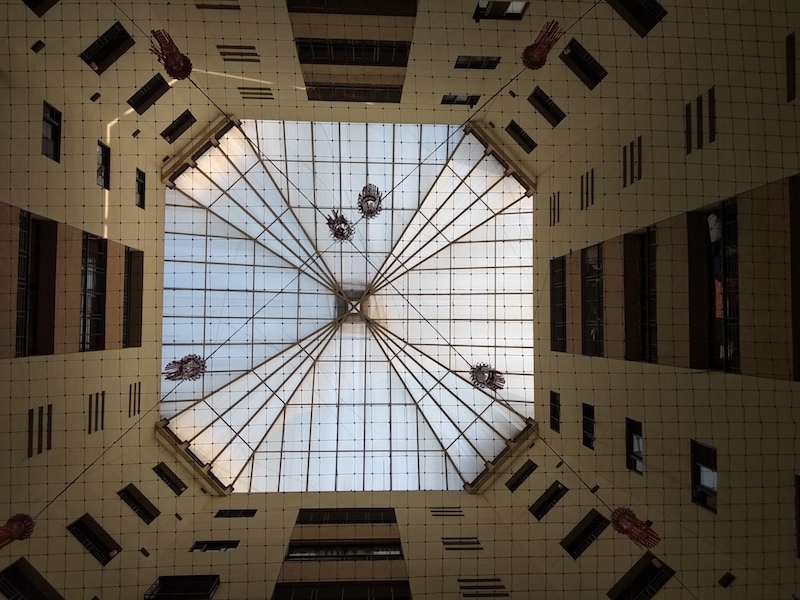



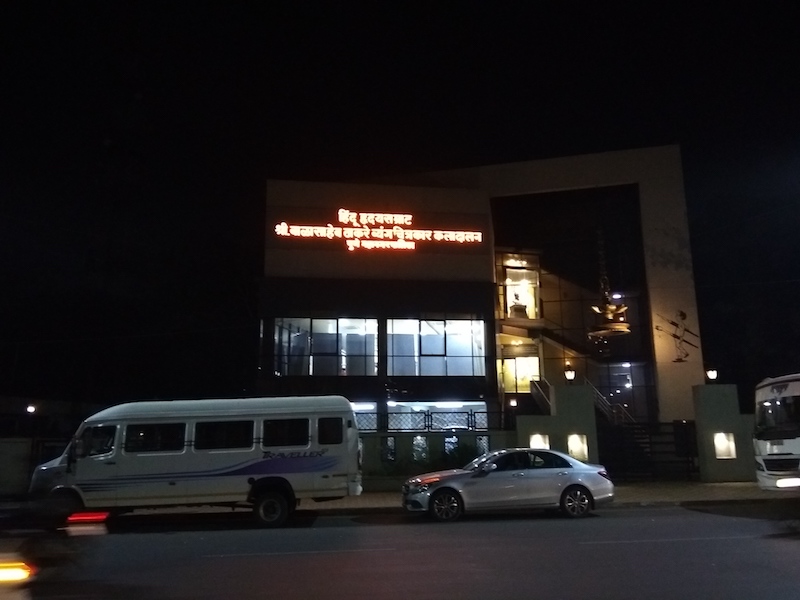

MIUI 9: Really Lightning Fast?
The Redmi Y1 comes with the latest MIUI 9 out of the box. The underlying Android is still Nougat with no word on when the Oreo update is forthcoming. It features the stable MIUI Global 9.1 ROM based on Android Nougat 7.1.2. The Android security patch level on our handset was 2017-10-01.
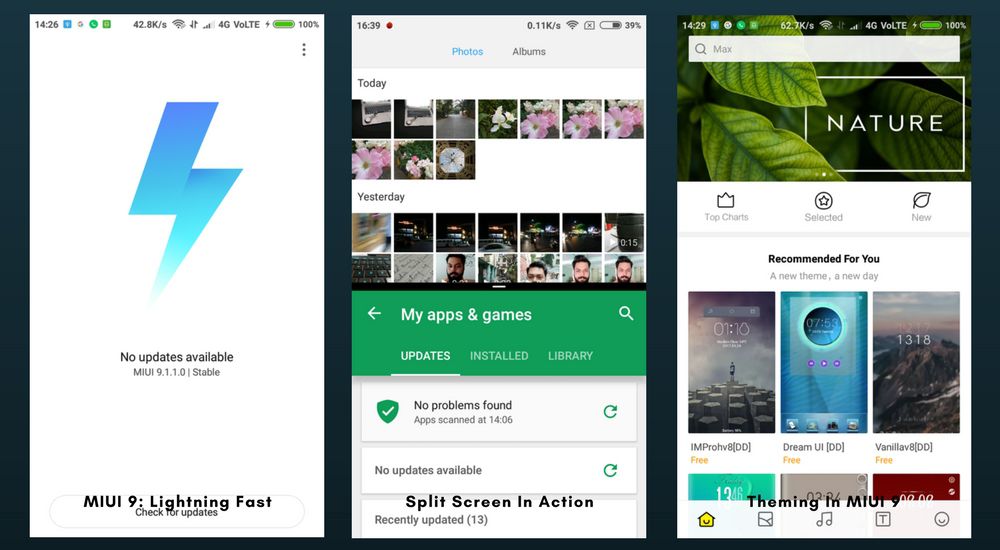
The MIUI 9 update brings with it the much-awaited split-screen functionality baked into MIUI. While MIUI 8 concentrated on stability, MIUI 9 is concentrating on optimization. We found day-to-day usage of the Y1 smooth and largely lag-free. Keep in mind that the Y1 is powered by a Snapdragon 435 which is not known for its heavy-lifting capabilities.
There is no app drawer on the Y1. You can add interactive widgets to home-screen alongside the apps. Theming is still available. It is a big part of the MIUI experience. You can download additional themes from the theme store to supplement those already preloaded on the phone.
‘Second Space’ allows you to have two separate phone profiles. You can have a separate profile for your personal use and work use. ‘App Lock’ allows you to protect personal data by locking individual apps with a password. ‘Dual Apps’ allows you to run 2 instances of an app like WhatsApp or Allo, if you have two SIM cards inserted.
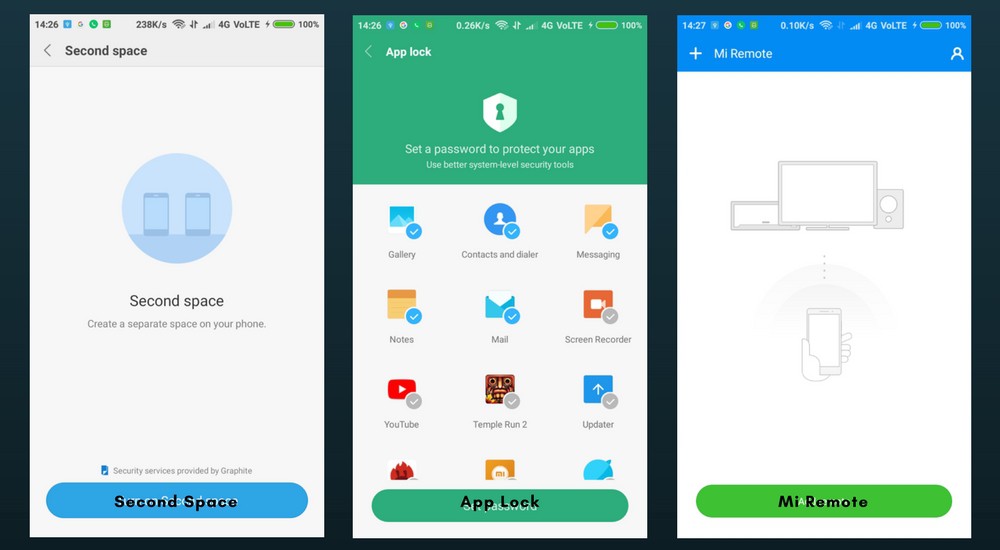
The Mi Remote app works extremely well with the included infrared sensor on the Y1. It works with the majority of electronics and appliances, but not all, here in India. E.g. we got it to work with a Videocon set-top box, but could not get it to work with the attached Vise TV.
MIUI has been a crowd favourite since so long. MIUI fans are famous for their loyalty. Xiaomi listens to users feedback and makes those changes or inclusions in subsequent updates. MIUI 9 on the Y1 delivers a smooth performance throughout. At least we don’t have any complaints.
Commendable Performance
The Redmi Y1 is equipped with an octa-core Snapdragon 435 processor supported by the Adreno 505 GPU. The smartphone is available in two versions;
- 3GB RAM + 32GB Storage
- 4GB RAM + 64GB Storage
We have the 3GB + 32GB version. It functions smoothly in daily usage as well as in gaming. We played Asphalt 8 for over 40 minutes and the phone was slightly warm. Also, the game played very smoothly without any lags or hiccups. We also tried the gaming staples, Subway Surfers and Temple Run 2. They worked equally well. And this was on the 3GB RAM version! We expect the 4GB version to do even better.
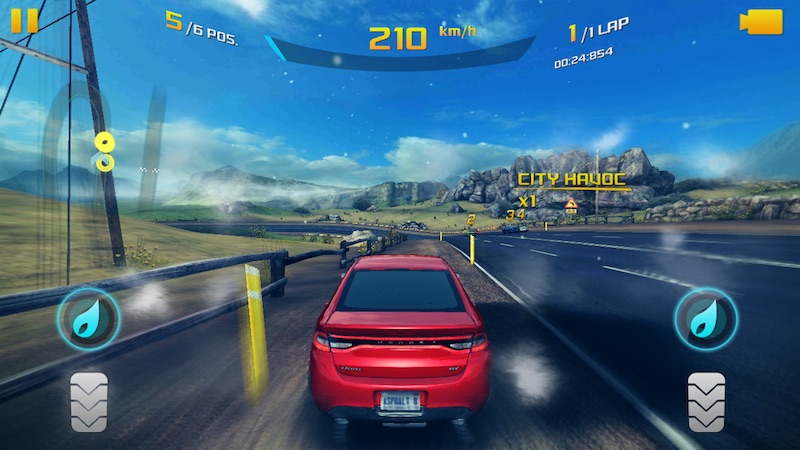
But the heavier, resource-intensive games will not fare well on the Y1. The 435 can do only so much. All-in-all, gaming will be a smooth experience on the Y1 if you keep realistic expectations.
The fingerprint scanner is fast and accurate. It worked for us every time. Since it supports VoLTE, we took it around Pune with a Jio SIM card. The call quality was excellent. The volume could be a bit louder, but the voice at both ends was crystal clear.
The Y1 features a single loudspeaker at the bottom which gets easily muffled while playing games. But it gets loud enough while playing games or watching media.
The 3080mAh Li-Ion battery powers the phone throughout the day. With regular usage, the phone lasts the typical working day. But heavier usage will have you topping up the battery by evening, to last through to the end of the day. There is no quick charging here. But the phone takes around 2 hours to charge fully from 10%. Considering the capacity and the 5.5 inch display, the battery performs admirably.
Is it perfect?
Well, no smartphone is! The phone’s plastic build and 720p screen are potential deal-breakers for some buyers. But don’t let these apparent shortcomings misguide you. The phone feels lovely in hand and performs smoothly in everyday usage.
We are repeatedly harping on smooth everyday usage, because that’s how smooth it is. The four-figure price tag will also put it in the perspective for you. For a smartphone that costs less than Rs. 10,000/-, it gives a deceptively smooth performance.
So, Should You Buy Redmi Y1?
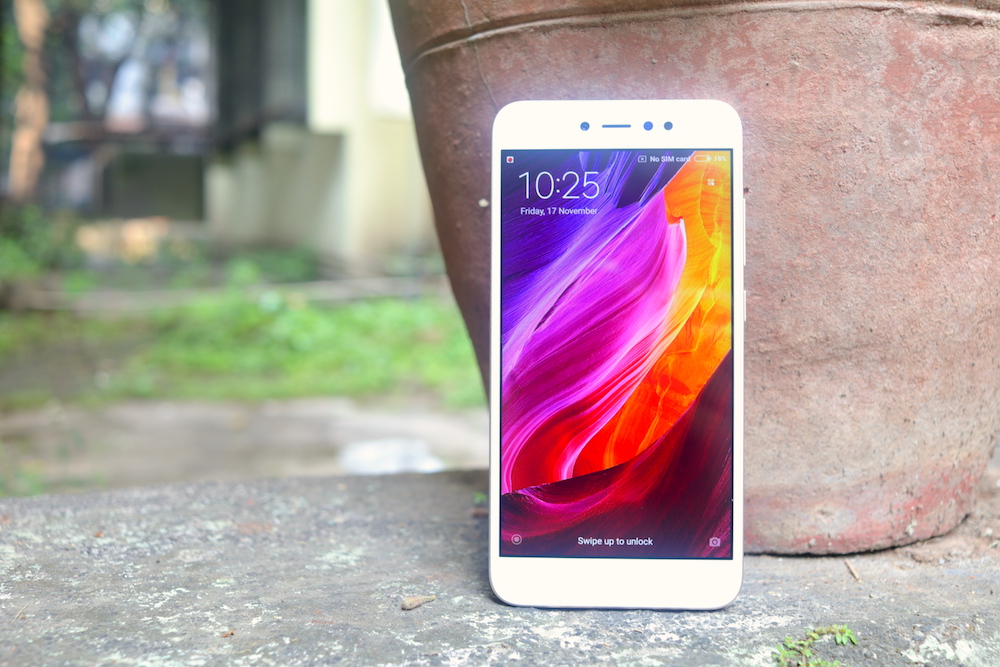
If you are looking for a smartphone which works without lags or hiccups, which lasts you the entire work day, allows you to play casual games and doesn’t break your bank, we wholeheartedly recommend the Redmi Y1 to you.
If you are looking for a smartphone for heavy gaming, super high-resolution display or high-class photography, look elsewhere. Because the Y1 is an honest smartphone which does not pretend to be anything else than what it is.
Xiaomi has worked hard to gain its reputation as a quality smartphone maker in India. It has even started local manufacturing to show how serious it is about India as a smartphone market.
Give this phone a chance. It has the capacity to surprise even the hardest of the sceptics. It certainly surprised us, in a good way that we didn’t expect.

Redmi Y1 it really surprises in all aspects whether it is performance,camera or battery.It hosts 13 mp front camera which makes it unique in the segment along with it’s unique price point.
only con – medium sized black borders.